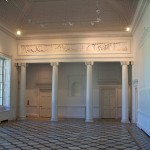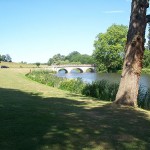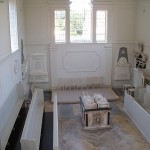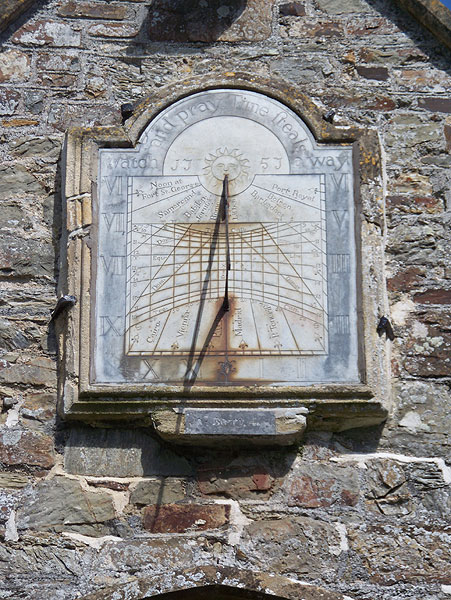
A Devon church included in ‘Devon’s 50 best Churches’ by Todd Gray.
The collection of church monuments is particularly fine. Most are connected to the Earls of Bath. Features of interest include the 16th century gallery, the manorial pew of the earls of bath, and two ceilings of Italian plasterwork.
The church is in a rural site, in the former park of the Earls of Bath. Nearby is an Elizabethan gatehouse, all that remains of an Elizabethan mansion. The house burnt down in 1787 and was replaced by the current Gothic style mansion, Tawstock Court.
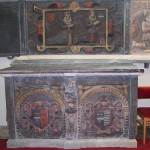
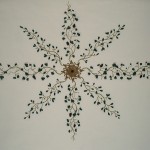
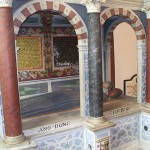
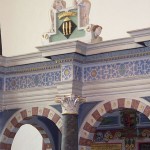
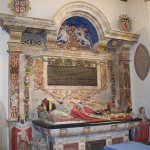
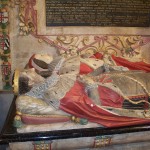
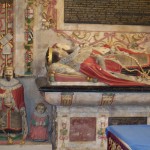
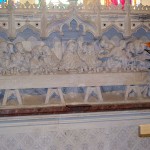
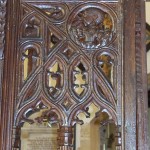
Day: 12 August 2018
Royal Gunpowder Mills, Essex
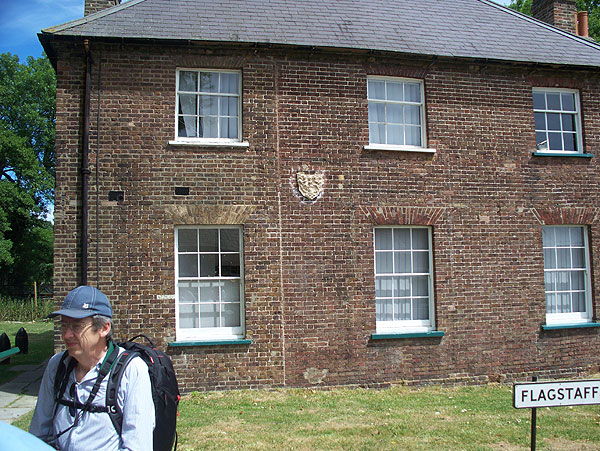 Gunpowder has been manufactured on this site at Waltham Abbey from the time of Charles II and probably earlier. The site was purchased by the government in 1787 and incorporated as the Royal Gunpowder Mills. It manufactured increasing quantities of gunpowder, cordite and other explosives. After WWII it became the Explosives Research and Development Department, ERDE. The site was closed by the Ministry of Defence in 1991 and all valuable materials on the site were scrapped, and old records destroyed.
Gunpowder has been manufactured on this site at Waltham Abbey from the time of Charles II and probably earlier. The site was purchased by the government in 1787 and incorporated as the Royal Gunpowder Mills. It manufactured increasing quantities of gunpowder, cordite and other explosives. After WWII it became the Explosives Research and Development Department, ERDE. The site was closed by the Ministry of Defence in 1991 and all valuable materials on the site were scrapped, and old records destroyed.
More recently, the site has been taken over by a charitable trust which preserves and displays the remains and also the natural history on the site. It is regularly opened to the public.
I visited the site as part of the ‘Invitation to View’ scheme of a date when the site was not opened to the general public. The visit comprised an introductory talk, a 2.5 hour walking tour and finally tea, sandwiches and cakes.
The walking tour included parts of the site not open to the general public (The public get instead a land-train tour of shorter duration).
The site is about a mile in length. The tour includes some intriguing brick and concrete structures, much greenery, a barge formerly used for transporting gunpowder, and a pond. It returns along the line of the later buildings used for making cordite. These contained beam engines (now missing) powering grindstones (now missing, but there is a replica in the last hut).
We did not visit every building (and not the film show).
Despite the length of the tour, there was not time to look at everything at leisure. 2.5 hours felt long enough on one’s feet, so anyone going on the ‘Invitation to View’ tour might want to factor in a follow-up visit on another date.
Overall, I’d rate this site as ‘interesting’ rather than ‘wow’. Worth a visit if you are interested in the subject.
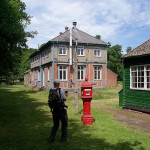
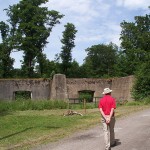
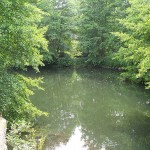
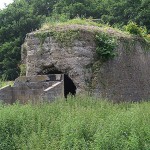
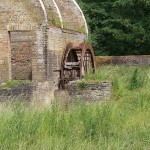
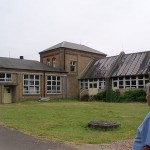
Compton Verney, Warwickshire.
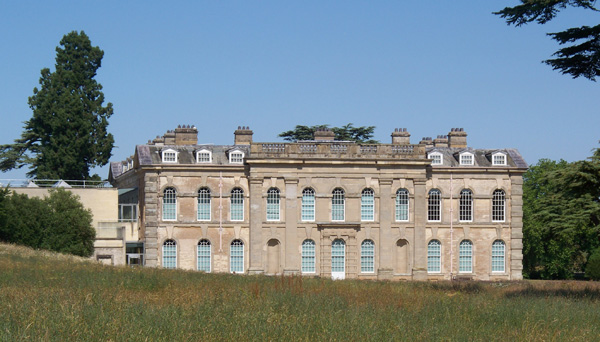 Private
Private
Compton Verney is now a rural art gallery contained in a country house. In 1711, George Verney inherited the estate and set about building the basis of the present house. It was remodeled by architect Robert Adam from 1762-1768, extensive alterations being made. Lancelot ‘Capability’ Brown was employed to remodel the grounds from 1789 onwards. The last Verney to live in the house sold it in 1921. Since then it has passed through various hands. During WWII it was requisitioned by the Army. After 1945 the house was never lived in again and became increasingly derelict. Eventually it was acquired for conversion into an art gallery, with a multi-million pound restoration and a new block built alongside the U-shaped mansion.
The Adam Hall is left empty and available for functions. Some ground floor rooms, used as galleries, retain original plasterwork and features (restored). The upper floors and attics have been made over as exhibition spaces. The new extension contains a café and facilities downstairs and exhibition space upstairs.
When I visited there were two special exhibitions: ‘Marvelous Mechanical Museum’ with old automata (not moving) and new automata (moving), and ‘Rodney Peppe’s World of Invention’ also with toy automata made by artist Rodney Peppe.

